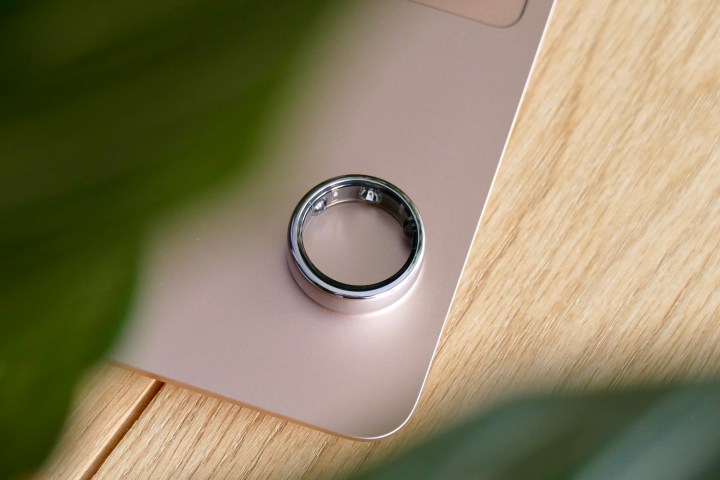As part of its most recent update, the Oura Ring will let you know whether you’re going against type by confirming if you really are an early bird or a night owl. It’ll do this using a metric called Chronotype, which examines our natural sleep patterns and energy levels, and then correctly assigns you the right designation. Oura says that understanding this, and working with it to improve your sleep patterns, can have a “profound impact on our lives.”

Chronotype is the first of several sleep-related updates coming to the Oura Ring in time for Sleep Awareness Week. Currently, the Oura Ring shows you’ve had good or bad sleep, but will now add in a “fair” measurement too. This will be reflected in its simple-to-read graphs, where a blue line indicates good performance, and a red line shows bad performance. The fair measurement will appear as a yellow line.
The Readiness score will gain a new indicator called Sleep Regularity, which takes an overall look at your sleep from the previous two weeks, so you can better see how disruptions can impact ongoing sleep patterns. The Sleep Score also now takes into account times when the optimum amount of sleep isn’t possible due to lifestyle or work commitments, making the overall Sleep Score more useful to more people.
Finally, and linking back to the new Chronotype feature, Body Clock helps you find the right sleep routine and schedule. Paired with understanding your Chronotype, Oura says this will help, “improve sleep quality, increase energy levels, and have a better sense of balance and satisfaction.” It will even provide insight into the best times for activity, focus, and restorative time.
Oura says the new features will be part of the Oura App, which will require an update through the app store soon. It’s not clear if the Ring will need a firmware update to activate these features, but the app should alert you if one is necessary. The Oura Ring has a monthly subscription attached to it, after the initial purchase price and grace period, so additional features and large updates like this help make it more appealing to own and use long term.
Editors' Recommendations
- Here’s how you can try new Oura Ring features before anyone else
- The Oura Ring showed me how months of stress destroyed my sleep
- Oura Ring’s newest feature lets you spy on your friends
- Oura Ring gets serious about fitness, now syncs with Strava



